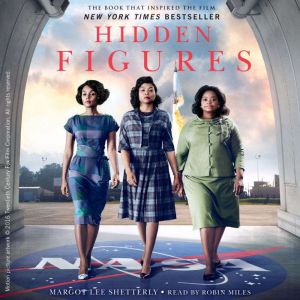
On the cusp of the beginning of World War II, with no computers or technology to speak of, the government needed help with their aeronautical advancement and number crunching. The solution was to hire women to shoulder the burden ……… they acted as computers, freeing the engineers to focus on their trained profession. The women were extremely successful and sharp, carrying out the task with excellence.
The author described the chosen women as both ordinary and extraordinary, as she shines a light on the women’s lives and accomplishments. The African-American women were called the West Computers, after the area to which they were assigned. Author Shetterly decided that books have been written about the astronauts, the engineers, and now it was the women’s turn to have their story told. They were at the heart of all achievements accomplished by the Center. They crunched numbers for every function of a plane, contributing to the constantly changing designs, making the flying machines of war, faster, safer, and more aerodynamic. Katherine Johnson worked on computations for Mercury and Apollo missions, and Christine Darden’s work advanced supersonic flight. In the 1970’s new technology advances made the job of the Western Computers obsolete. It is not known exactly how many women participated in the Western Computers project, since social customs of the era dictated that women could only work until they were married and had children. After that occurred, their careers were over, and they became full time homemakers and mothers.
The book has been adapted for screen, starring Octavia Spencer and Taraji P. Henson, and is now in theaters. “Langley was not just a laboratory of science and engineering…….in many ways it was a racial relations laboratory, and a gender relations laboratory, says author Shetterly.
Get your digital audio copy today!!
